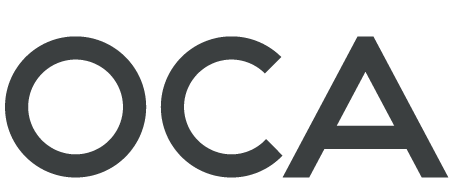





Edinburgh Printmakers have existed in quirky examples of Edinburgh’s limited remaining range of industrial buildings; the former fruit market adjoining Waverley Station, a communal washhouse steamie near Broughton and, in the near future, a former rubber factory in Fountainbridge. A pleasant sympathy exists between the productive labour that took place in these buildings and the artistic production processes involved in printmaking.

The former North British Rubber Company building in Fountainbridge was built from Niddrie brick in the late 19th Century, and aggrandised in the Edwardian era, fulfilling its largest order to supply tyres and rubber boots for the troops in the First World War. It is easy to forget Edinburgh’s Victorian employed were not all financiers, educators, public servants and brewers. The Rubber Company employed approximately 70,000 workers over its history.

Oliver Chapman Architects directed this relocation & refurbishment project through options appraisals, feasibility, brief development and initial design leading to the successful award of £5.7m from funders including the Heritage Lottery Enterprise Fund and Creative Scotland's Large Capital Grants Programme. Other consultants have since been procured to develop the project through the remaining stages.

The characteristics of printmaking techniques lend themselves to abstract interpretation to help inform the architectural response to any intervention in their building. ’Impression, trace, figure, void’ are all terms commonly shared by architects and printmakers alike. Our approach maintains the significance of the Edwardian entrance and adds a top lit circulation spine that threads the length of the building. Voids allow light penetration and visual connections between adjacent areas of print production and between public visitors and printmaker members, encouraging creative collaboration and curiosity.

Structural Engineers - David Narro Associates
Environmental Engineers - Max Fordham
Access Consultants - Burdus
